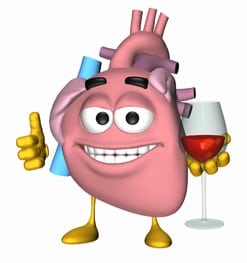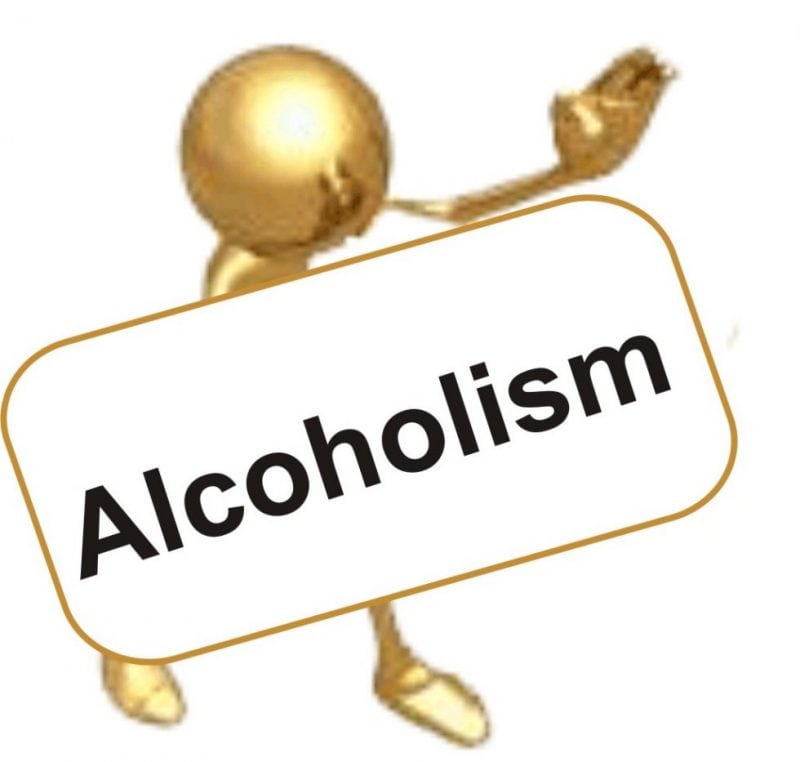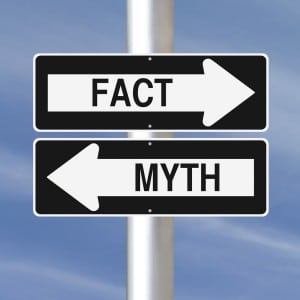Introduction
This Straight, No Chaser post is about eliminating alcohol from the body.

We get questions from you all the time. In preparation for New Year’s Eve, here’s an example: “How can I eliminate alcohol from the body quicker if I get drunk?”
It’s a frequent misconception that there are a ton of remedies you can take to help you eliminate alcohol quicker or get less drunk. Alcohol is eliminated by a process called zero-order kinetics. In other words, alcohol is eliminated from the body at fixed amount per hour. Nothing you do is going to make you less intoxicated (referral to the legal definition of how much you have in your system). This includes coating your stomach, eating (including a cheese tray) or drinking coffee.
This being said, being less dehydrated does help the blood alcohol concentration. Also, drinking coffee or another stimulant can counter the depressant effects of alcohol and may make you feel more alert. However, my best advice for you is to sleep it off. Of course, if you’re intoxicated to the point that you need medical attention, doing so should be your immediate action.
Bonus question: “Does vomiting help?”
Vomiting is only of value in eliminating alcohol that hasn’t yet been absorbed into the bloodstream. Once alcohol is in your system, it is eliminated as discussed.
For further details on the initiatives listed above, please visit Straight, No Chaser at www.jeffreysterlingmd.com and type any desired topic into the search engine.
Follow us!
Ask your SMA expert consultant any questions you may have on this topic. Also, take the #72HoursChallenge, and join the community. Additionally, as a thank you, we’re offering you a complimentary 30-day membership at www.72hourslife.com. Just use the code #NoChaser, and yes, it’s ok if you share!
Order your copy of Dr. Sterling’s books There are 72 Hours in a Day: Using Efficiency to Better Enjoy Every Part of Your Life and The 72 Hours in a Day Workbook: The Journey to The 72 Hours Life in 72 Days at Amazon or at www.jeffreysterlingbooks.com. Another free benefit to our readers is introductory pricing with multiple orders and bundles!
Thanks for liking and following Straight, No Chaser! This public service provides a sample of http://www.SterlingMedicalAdvice.com (SMA) and 844-SMA-TALK. Likewise, please share our page with your friends on WordPress! Also like us on Facebook @ SterlingMedicalAdvice.com! Follow us on Twitter at @asksterlingmd.
Copyright © 2019 · Sterling Initiatives, LLC · Powered by WordPress





































